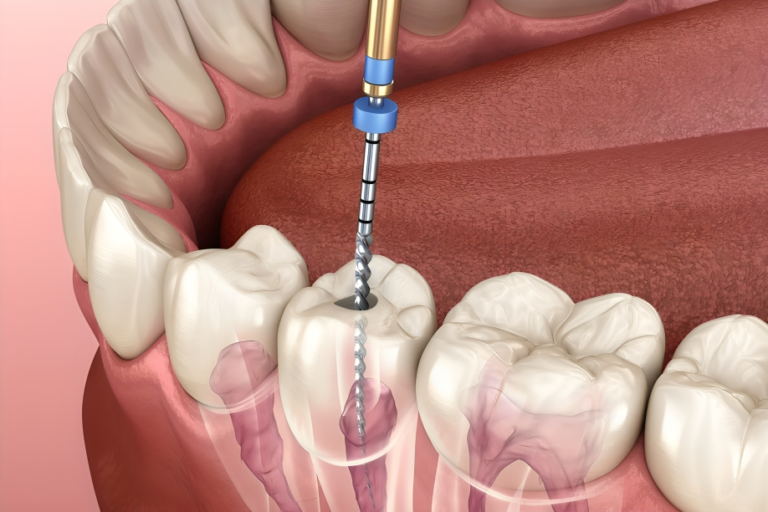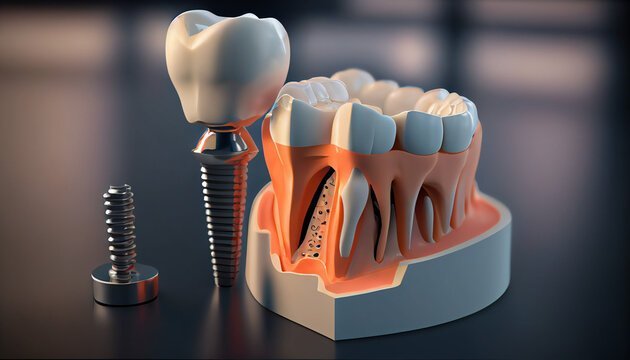Managing Pain And Discomfort After Tooth Extraction
Undergoing a tooth extraction can be a stressful experience, but proper management of pain and discomfort during the recovery period can significantly improve your overall well-being. Whether you’ve had a simple extraction or a more complex surgical procedure, implementing effective coping strategies is essential for a smooth recovery process. In this article, we’ll explore various techniques and tips for managing pain and discomfort after tooth extraction.
To Know More About It Please Click Here
Understanding the Source of Pain
Before delving into coping strategies, it’s important to understand the source of pain and discomfort after a tooth extraction. Pain typically stems from inflammation and tissue trauma at the extraction site, as well as the formation of a blood clot to facilitate healing. Additionally, temporary swelling and sensitivity in the surrounding tissues are common post-operative symptoms.
Coping Strategies for Pain Management
- Over-the-counter pain relievers: Nonsteroidal anti-inflammatory drugs (NSAIDs) such as ibuprofen (Advil, Motrin) or acetaminophen (Tylenol) can effectively alleviate post-extraction pain and reduce inflammation. Follow the recommended dosage instructions provided by your dentist or pharmacist, and avoid exceeding the maximum daily limit.
- Prescription pain medication: In cases of more severe pain or discomfort, your dentist may prescribe stronger pain medications such as opioids. It’s important to use these medications judiciously and only as directed to minimize the risk of side effects and dependence.
- Ice therapy: Applying ice packs to the affected area can help numb the surrounding tissues, reduce swelling, and alleviate pain. Wrap a few ice cubes in a cloth or use a commercial ice pack, and apply it to the outside of your cheek for 15-20 minutes at a time, several times a day.
- Heat therapy: In addition to ice packs, gentle heat therapy can also provide relief from post-extraction pain. Use a heating pad or warm compress on the outside of your cheek for short intervals to increase blood flow and promote relaxation in the affected area.
- Rest and elevation: Resting and keeping your head elevated can minimize swelling and discomfort after tooth extraction. Lie down with your head propped up on pillows to reduce pressure on the extraction site and encourage proper blood circulation.
- Soft diet: Stick to a soft diet consisting of foods that require minimal chewing, such as mashed potatoes, yogurt, smoothies, and soup. Avoid hard, crunchy, or spicy foods that could irritate the extraction site or dislodge the blood clot.
- Hydration: Throughout the day, make sure you drink lots of water to stay hydrated. Proper hydration supports the body’s healing process and helps flush out toxins, reducing the risk of complications such as dry sockets.
- Distraction techniques: Engage in activities that divert your attention away from pain and discomfort, such as reading, listening to music, watching movies, or practicing relaxation techniques like deep breathing or meditation.
- Gentle oral hygiene: Maintain good oral hygiene by brushing your teeth gently, avoiding the extraction site, and rinsing your mouth with warm saltwater or an antimicrobial mouthwash as directed by your dentist. Be careful not to disturb the blood clot or cause additional trauma to the area.
Conclusion
Managing pain and discomfort after tooth extraction requires a multifaceted approach that incorporates both pharmacological and non-pharmacological strategies. By following these coping techniques and tips, you can alleviate post-operative pain, promote healing, and ensure a smoother recovery process. However, if you experience severe or persistent pain, swelling, bleeding, or other concerning symptoms after extraction, don’t hesitate to contact your dentist for further evaluation and guidance. Your oral health professional can provide personalized recommendations and interventions to address your specific needs and concerns.







